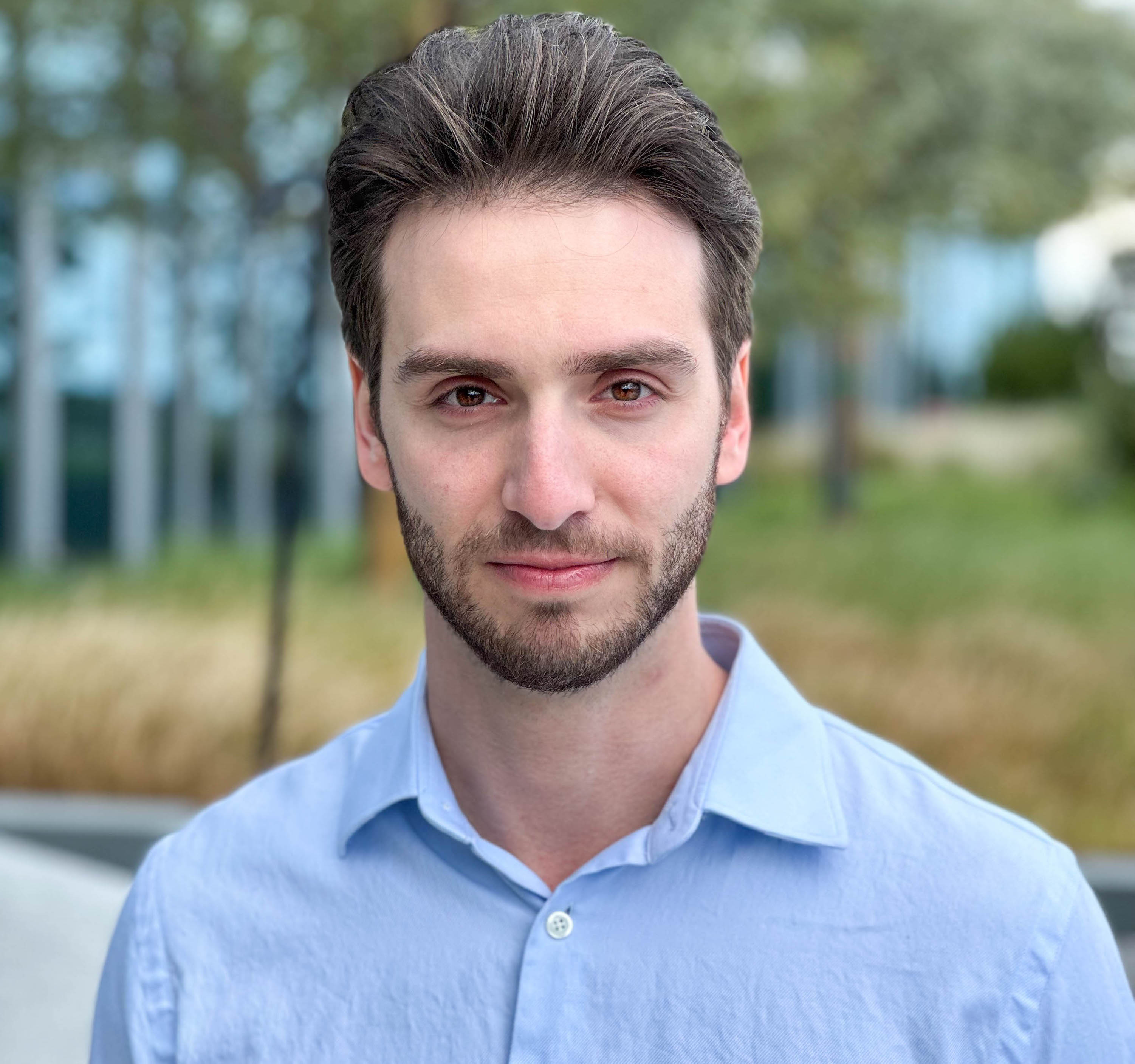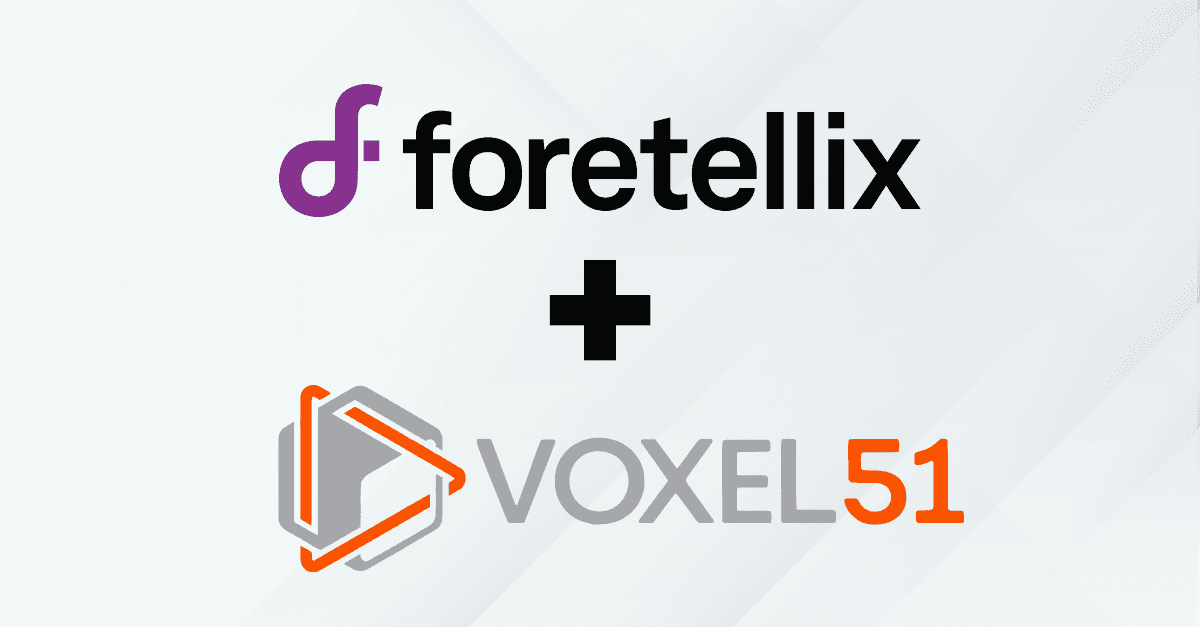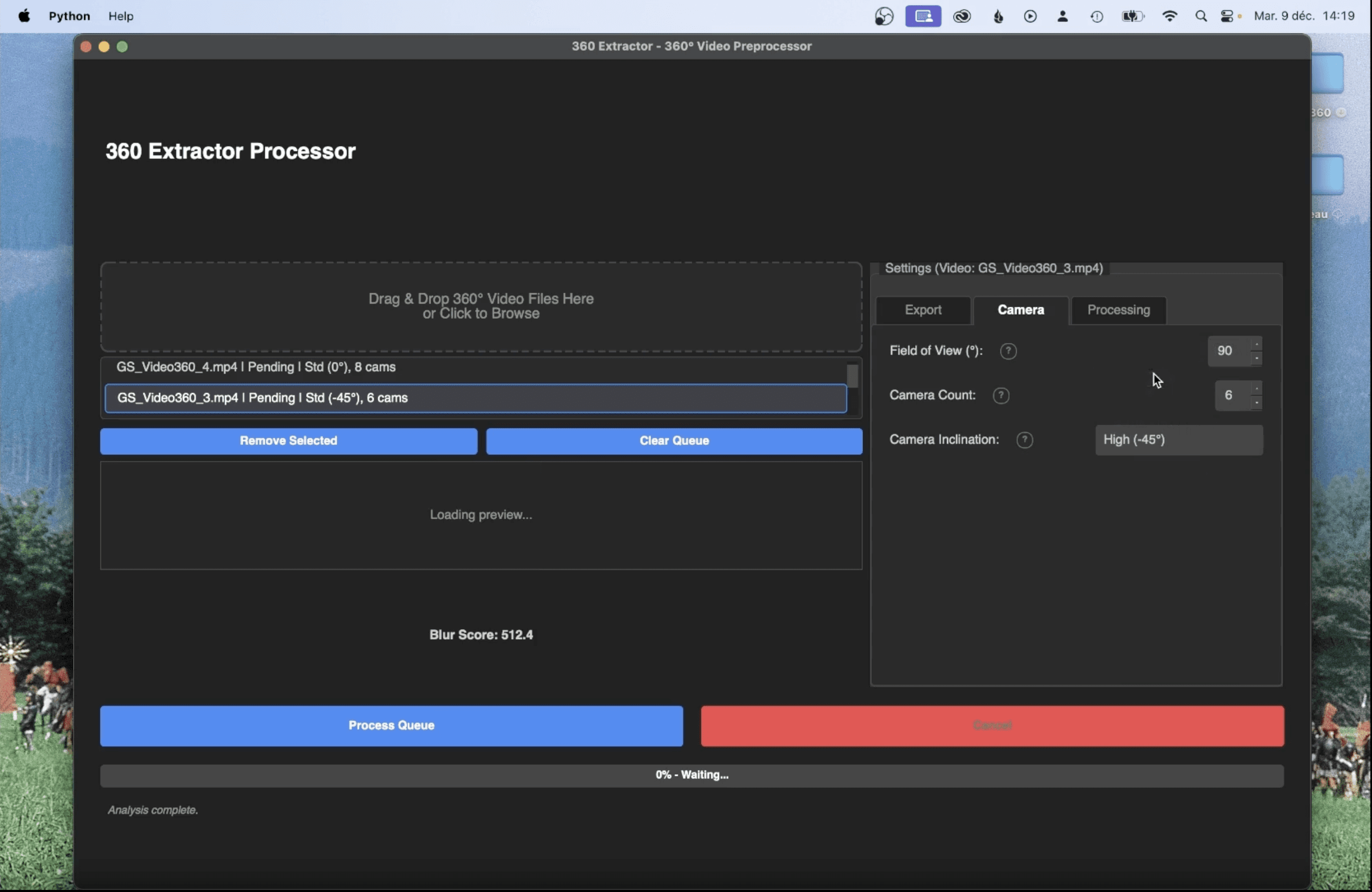
Michael Rubloff
Sep 15, 2025
Brush, the free to use gaussian splatting reconstruction platform, just made its first formal release since the beginning of this year.
The 0.3 version arrives with several large scale improvements to the system. Namely, the incorporation of a hybrid MCMC approach brings a stronger algorithm, without tanking reconstruction times. There is also a cap on the number of splats that can be contained in one scene, but at the ten million mark, it does allow for a larger amount of flexibility. However, if you have a smaller scene or want a predictable memory footprint, you can set a maximum number of splats.
In practice, you still get the behavior people like, splats expand first where the scene needs detail, but the system also explores like MCMC to cover the tricky viewpoints that large captures expose.
Scale is the other big theme. Training now works on datasets that are larger than RAM, which means you can start immediately while the dataloader streams what it needs. That alone makes iteration feel different, especially for outdoor or multi room scans. Brush also tightens a few fundamentals so training behaves more robustly. Bounds are derived from the splat volume rather than camera frustums, which stabilizes optimization when coverage is uneven. There are speedups to the backward pass, optional LPIPS for perceptual quality, and an SSIM implementation that uses a separable convolution. If you keep an init.ply in your dataset, Brush will use it automatically, and COLMAP layouts are preferred for import to avoid edge cases.
Amazingly, Brush can work directly in a Chrome or Edge browser, although it should still be more powerful directly through the executables, which are now available for Mac, Windows, and Linux. The web build gains a proper fullscreen mode, more efficient file IO, directory picking, and touch controls, plus a warnings panel that helps you catch issues without digging through logs. Under the hood, the WebAssembly modules now play nicely with bundlers, and there is a demo wired into Next.js, which makes it far easier to drop Brush into a modern app or internal review tool.
The UI has also been reworked to reduce friction. A simple grid and arrow-key transforms make it easy to square up the ground plane and nudge a model into place. Press F to jump into fullscreen during reviews, adjust the field of view on the fly, play or pause splat sequences, pick a background color that suits your scene, and scale splats for quick presentation tweaks. There is also a settings panel when you load a new dataset.
SuperSplat's compressed ply format is now supported too, though this is different from the newly introduced SOGs 2.0. Little format gotchas are handled more gracefully, including color name parsing, double-precision floats, and consistent sequence ordering inside ZIPs. On the developer side, compile times are down, the CLI prints the live splat count, and there is a Docker example if you want a clean environment to share across a team.
Brush is an impressive platform, free to use across a wide range of local training setups, and remains one of the few ways to train locally without an NVIDIA GPU. The user base has continued to grow over the year, with steady PRs and active collaboration on Discord.
Brush continues to be completely free to use and is Apache 2.0 licensed.







